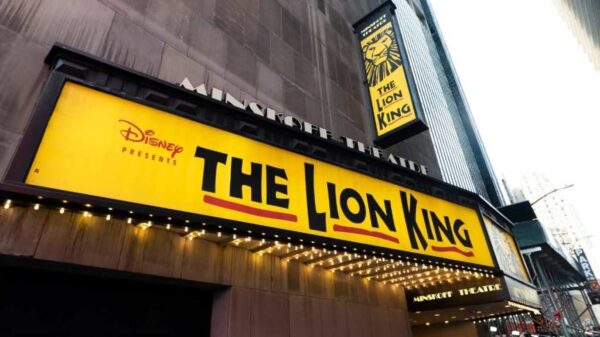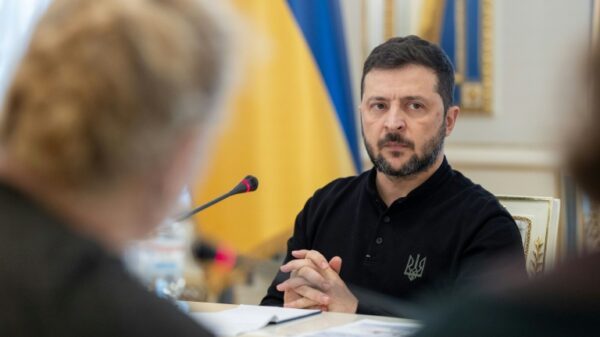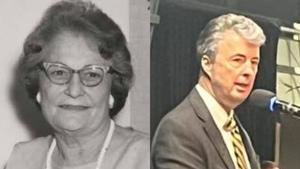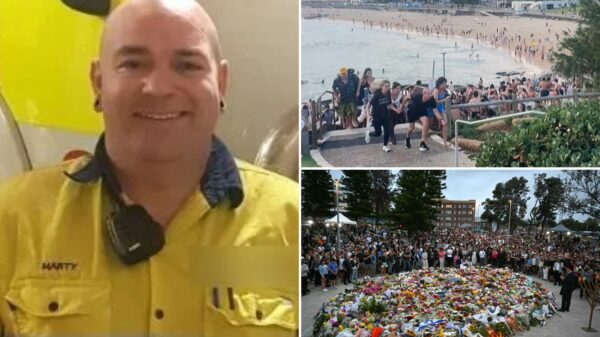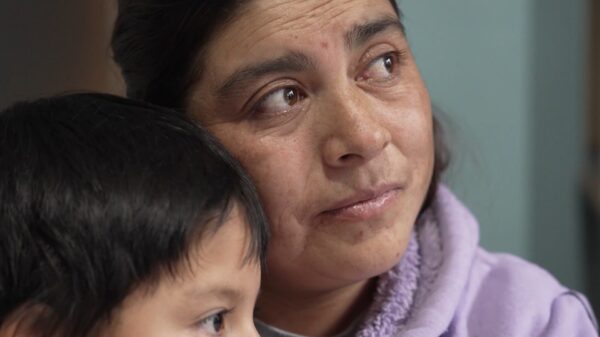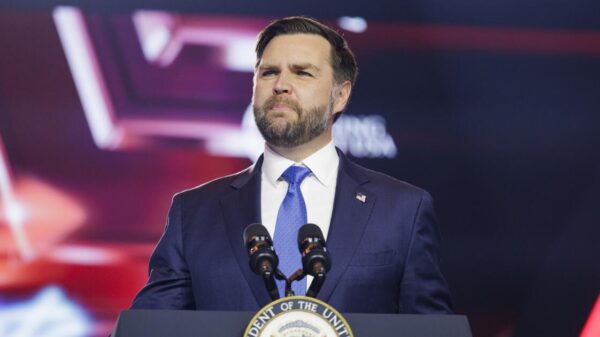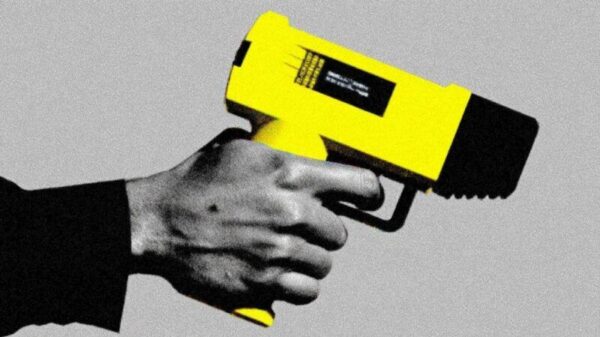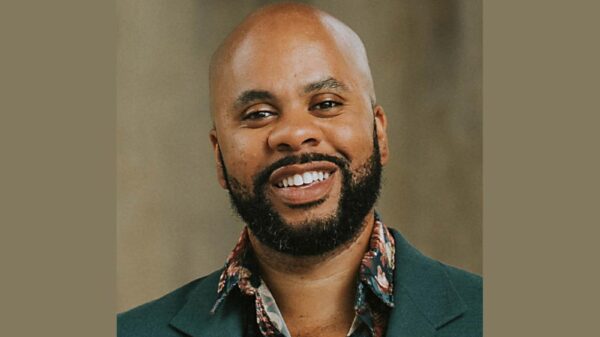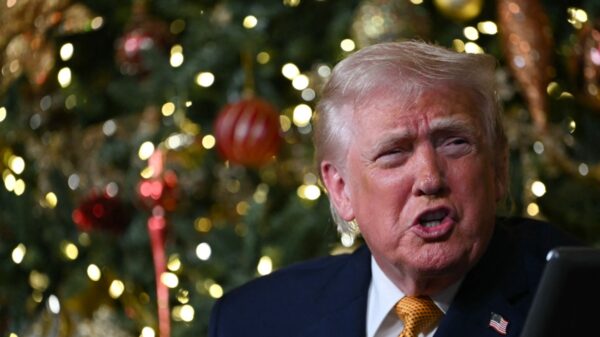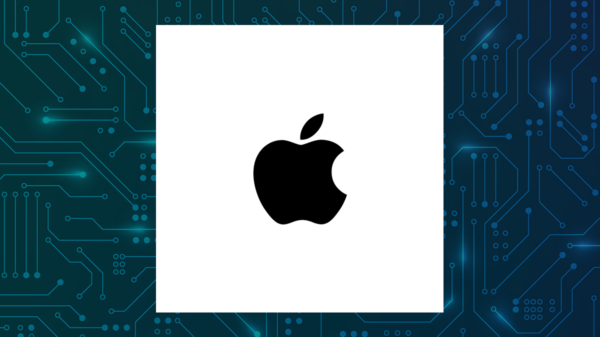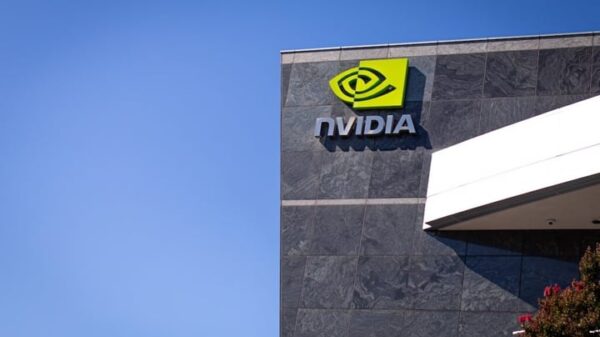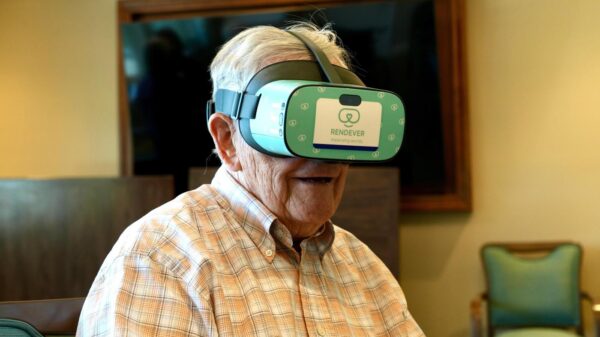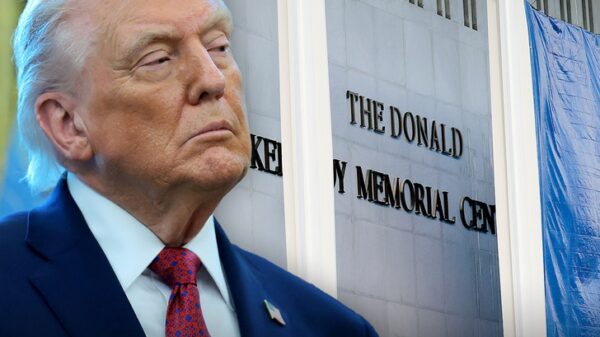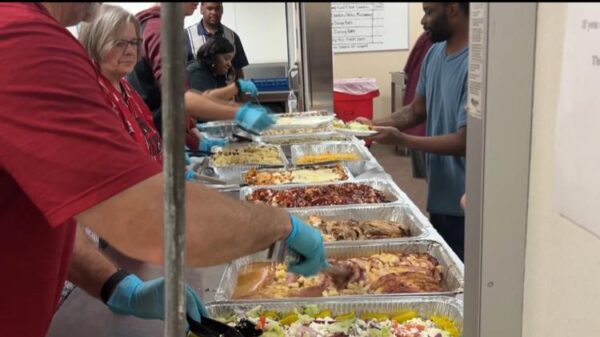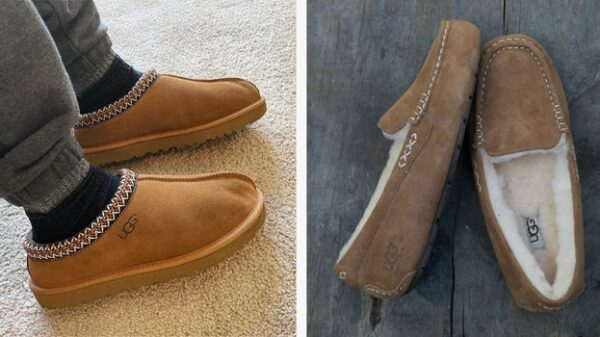Access to high-speed broadband is improving for several Tribal Nations in the United States, according to a recent report by the industry group Ookla. Despite ongoing challenges, new partnerships and funding initiatives are helping to bridge the digital divide for these communities. As of now, many Tribal areas still struggle with inadequate Internet speeds, particularly in remote locations where low population density discourages private service providers from investing in necessary infrastructure.
The report highlights that among the Tribal communities with the slowest median mobile download speeds are several located in very remote regions of Alaska. For instance, the Kotzebue Tribe, which relies on subsea fiber cables for connectivity, currently experiences a median download speed of only 13.9 Mbit/s and an upload speed of 4.50 Mbit/s. The unique operational framework of Tribal Nations also complicates broadband access, with some communities managing their own infrastructure while others form partnerships with private companies.
Partnerships and Funding Initiatives
The Federal Communications Commission (FCC) has taken steps to empower Tribal Nations by establishing a Rural Tribal Priority Window for acquiring unassigned 2.5GHz spectrum licenses. This initiative aims to enable Tribal communities to provide their own wireless services. Sue Marek, editorial director and analyst for Ookla, noted that many Tribal governments are interested in increasing control over telecommunications networks. They are exploring various approaches, from full ownership of infrastructure to creating partnerships with Internet Service Providers (ISPs) and even mobile virtual network operators (MVNOs).
Despite the FCC’s definition of broadband as a minimum of 100 Mbit/s for downloads and 20 Mbit/s for uploads, more than one-third of Tribal Nations do not meet these benchmarks. Ookla’s analysis of data from 110 Tribal communities from Q1 2021 to Q2 2025 revealed that nearly 75% had median download speeds that fell below those of the states where they are located. Only 19 Tribal Nations currently enjoy median fixed download speeds exceeding 300 Mbit/s.
One standout among these is the Zuni Nation, which boasts median fixed download speeds of 458.1 Mbit/s as of Q1 2025, significantly higher than the average in New Mexico. This success can be attributed to a partnership with the Continental Divide Electric Cooperative (CDEC), which received a $4.4 million grant from the New Mexico Public Regulation Commission to deploy gigabit fiber to the Zuni Nation.
Another successful initiative involved a collaboration between Tarana Wireless and Choice Broadband, the wireless broadband division of the Navajo Tribal Utility Authority. Their project aims to enhance connectivity in the Navajo Nation, particularly in Tohatchi, New Mexico, where they implemented fixed wireless technology. This initiative improved Internet access for approximately 400 previously unreachable locations, raising average download speeds from 9 Mbit/s to 100 Mbit/s.
Challenges and Future Prospects
While some Tribal communities are making substantial gains, others still face significant obstacles. For example, the Mashantucket Pequot Tribal Nation in Connecticut reported fixed median download speeds of only 6.15 Mbit/s with upload speeds of 6.59 Mbit/s in Q1 2025. These low speeds indicate reliance on outdated DSL or satellite connections. To address this issue, the Mashantucket Pequot community received a grant of $493,008 in October 2022 from the Tribal Broadband Connectivity Program (TBCP), aimed at enhancing broadband access.
The TBCP, a $3 billion initiative established by the National Telecommunications and Information Administration (NTIA) in 2021, has awarded $1.8 million to 226 Tribal organizations as of 2024. The program is designed to improve the quality of life for Native American communities by enhancing broadband access for economic development, remote work, online learning, and telehealth services.
Despite these funding opportunities, Marek pointed out that many Tribal communities struggle with the application and reporting processes necessary to secure grants. The TBCP operates alongside the $42.45 billion Broadband Equity, Access, and Deployment (BEAD) program, which requires collaboration between state governments and Tribal authorities to improve broadband access.
According to Ookla’s report, 12 Tribal communities have median mobile download speeds of at least 300 Mbit/s. However, 47 Tribal Nations still report median 5G mobile download speeds below 100 Mbit/s. An exception is the Shakopee Mdewakanton Sioux Community, which achieved median 5G mobile download speeds of 468.42 Mbit/s in Q1 2025, significantly outpacing the rest of Minnesota. This high performance is attributed to the community’s successful gaming and resort ventures, such as the Mystic Lake Casino Hotel, which generate substantial revenue and support investments in 5G infrastructure.
The ongoing improvements in broadband access for Tribal Nations illustrate both the challenges and opportunities present in the quest to close the digital divide. With concerted efforts from various stakeholders, there is hope for a future where all Tribal communities can access reliable and high-speed Internet services.


